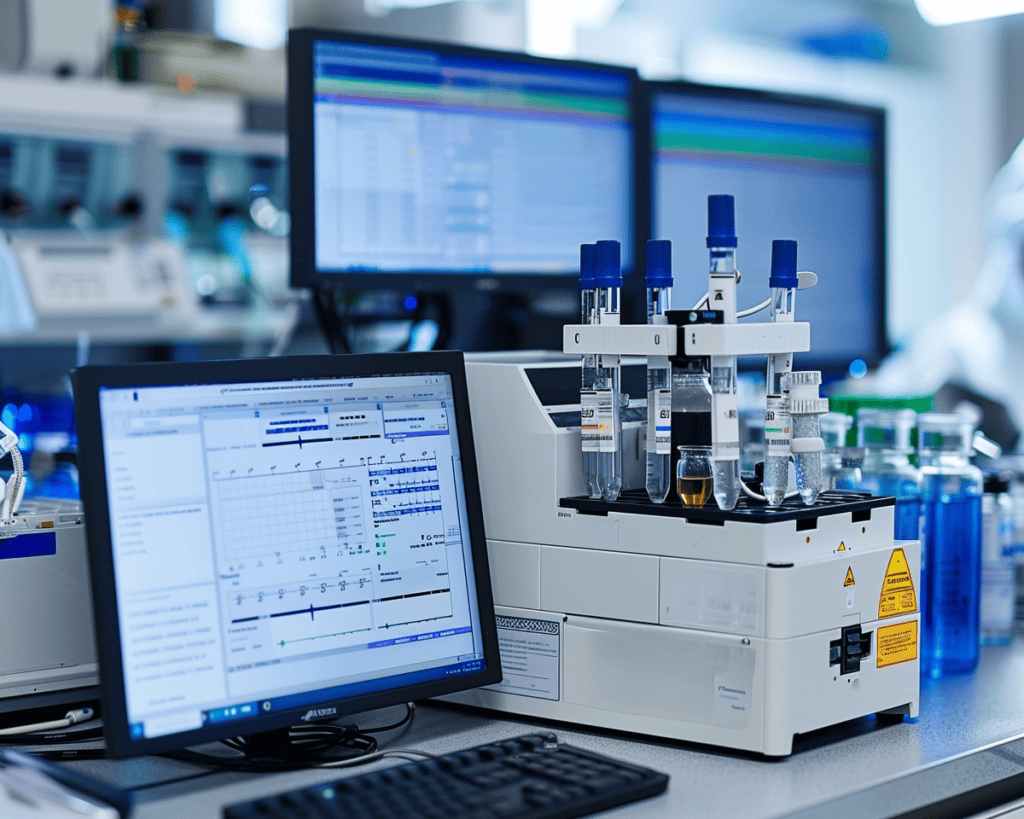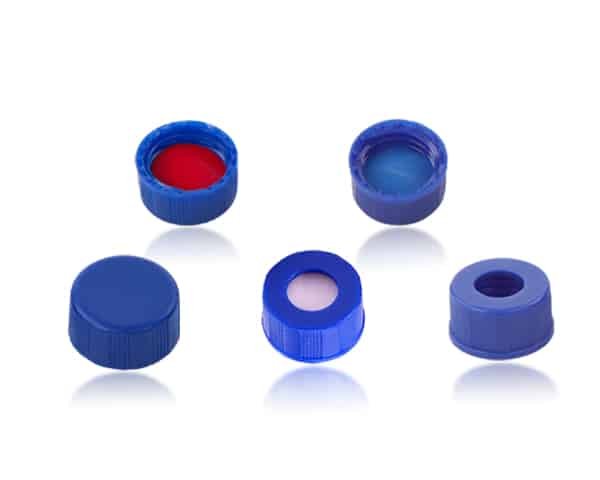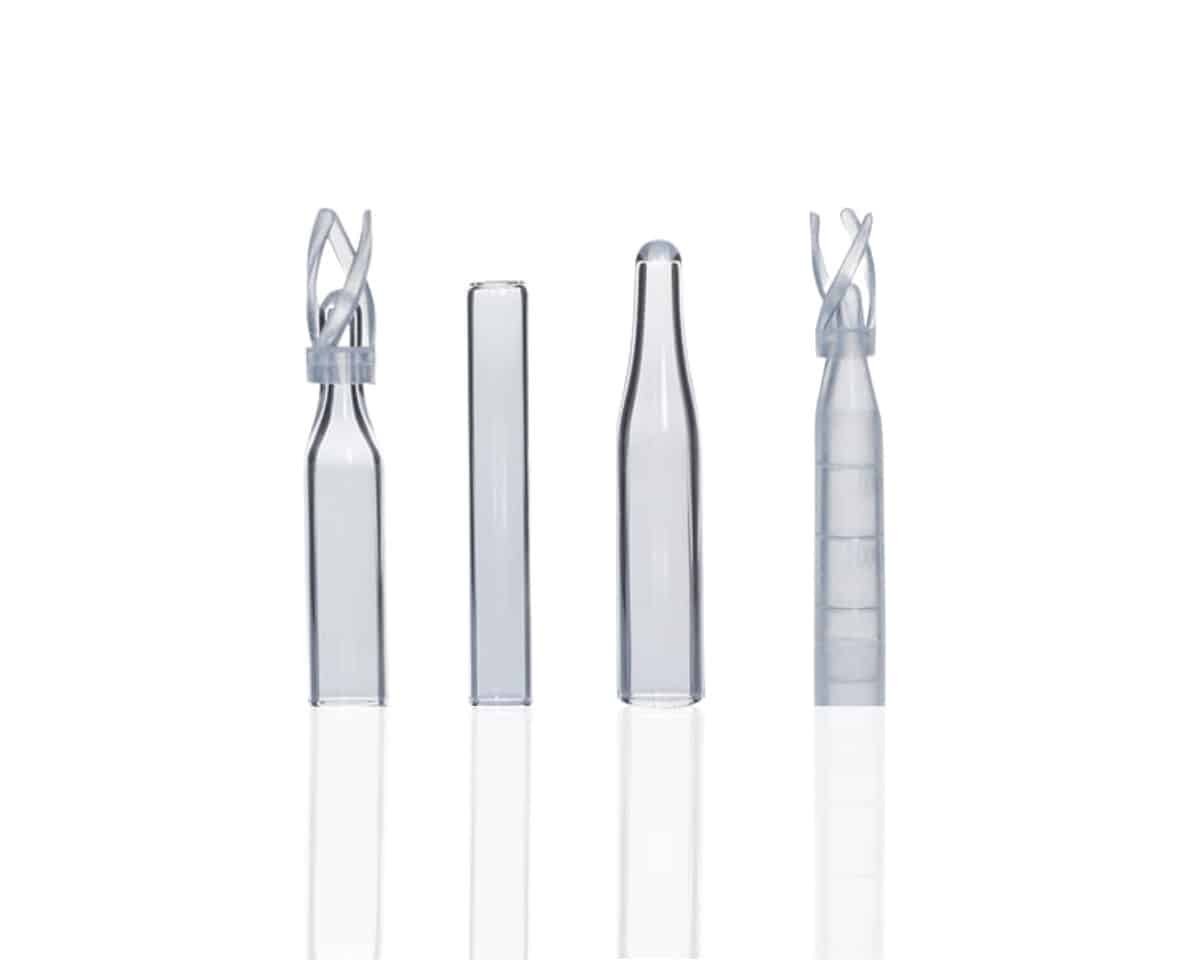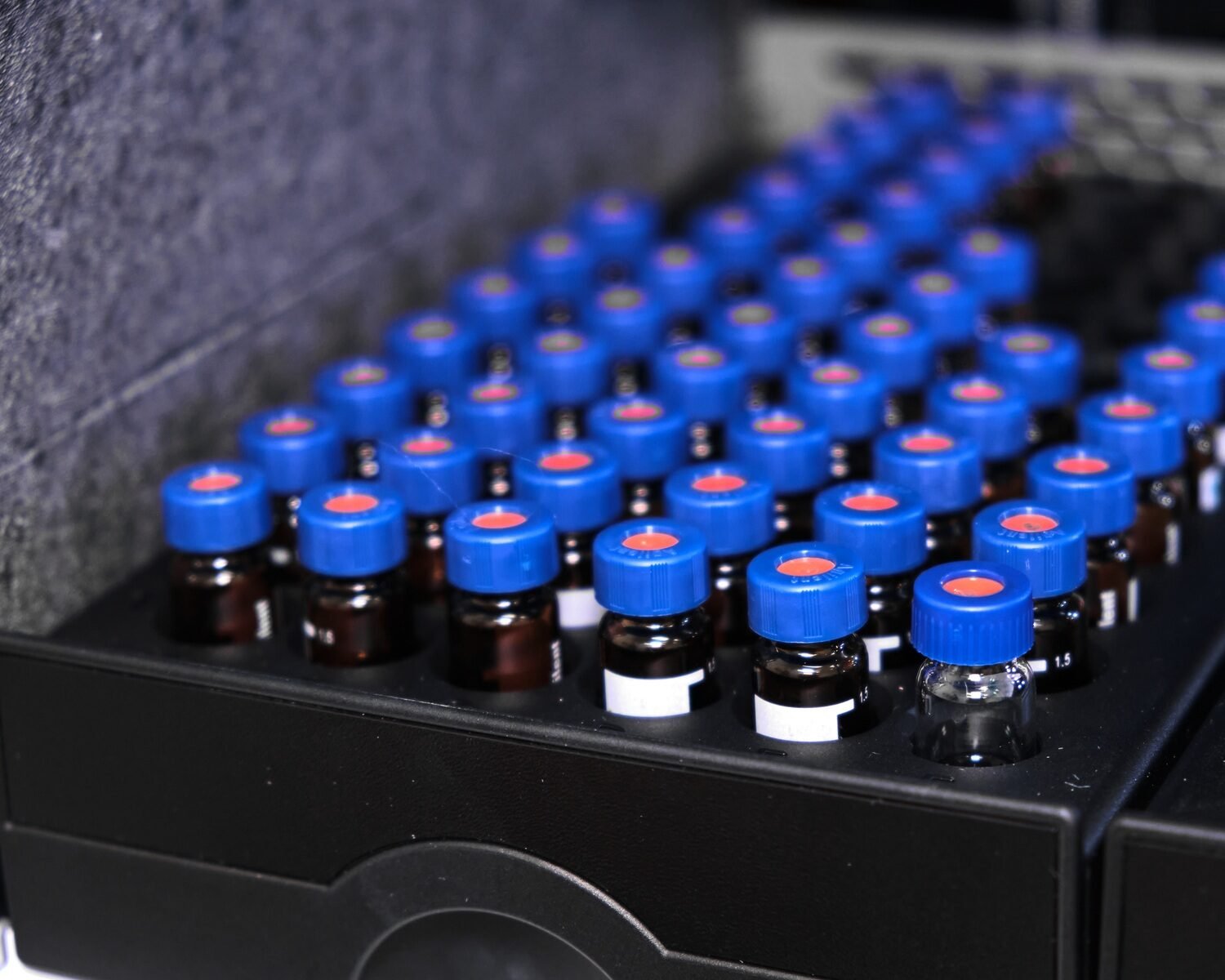Gas chromatography (GC) is an incredibly useful tool for separating and analyzing compounds in a mixture. If you’ve ever worked with a GC, you’ve likely seen those peaks on the chromatogram—each representing a different substance as it passes through the detector. But what does that very first peak mean? Is it significant, or just noise? Let’s dive into what you need to know about the first peak in gas chromatography.
Understanding How Gas Chromatography Works
Before we talk about the first peak, let’s quickly recap how gas chromatography works. In GC, a sample is vaporized and carried by an inert gas (usually helium or nitrogen) through a column coated with a liquid or solid stationary phase. Different compounds in the sample travel through the column at different speeds, based on their interactions with the stationary phase and their volatility. As they exit the column, they are detected and recorded as peaks on a chromatogram.
Now, each peak corresponds to a specific compound. But not all peaks are created equal. Some peaks represent major components of the mixture, while others might be impurities, byproducts, or even background noise.

What Is the First Peak in Gas Chromatography?
In most cases, the very first peak you see in a gas chromatogram is attributed to the solvent or carrier gas used in the sample. This peak appears early because the solvent, being more volatile, passes through the column more quickly than the sample components. Think of it as the solvent leading the way for the other substances to follow.
So, what do you think? Is the first peak something you need to focus on, or can it be ignored? Here’s where things get interesting.
Should You Care About the First Peak?
The first peak in gas chromatography is generally not as important as the peaks that follow. However, that doesn’t mean you should completely ignore it. In some cases, understanding the first peak can actually help ensure the accuracy of your analysis.
1. Identifying the Solvent or Carrier Gas
The first peak usually corresponds to the solvent or carrier gas used to dissolve the sample. For example, if you used hexane as the solvent, the first peak would likely be hexane itself. By identifying this peak, you can ensure that your sample was injected properly and that the chromatogram is starting off on the right foot.
2. Retention Time Reference
The first peak can also serve as a useful reference point for retention times. Retention time refers to how long it takes for a compound to pass through the column and be detected. By noting the retention time of the solvent, you can more easily determine the retention times of the other components in the mixture. This can help in accurately identifying the compounds in your sample.
3. Baseline and Background Noise
Another reason to pay attention to the first peak is to assess the baseline and background noise. If the first peak is unusually large or if there is excessive noise, this could indicate a problem with the system—such as contamination in the carrier gas or issues with the injector. Catching these issues early can save you from misinterpreting the rest of the chromatogram.
How to Interpret the First Peak
Interpreting the first peak is usually straightforward. Here are the steps you can follow:
1. Check the Retention Time
Start by looking at the retention time of the first peak. Does it correspond with the expected retention time for your solvent? If not, there might be an issue with your injection or your column.
2. Assess the Peak Shape
Is the peak sharp and well-defined, or does it look broad and irregular? A sharp, symmetrical peak is what you want to see for a solvent. An irregular shape could indicate that something went wrong during the injection or that there is contamination in the system.
3. Compare with Known Standards
If you’re unsure about the identity of the first peak, compare it with known standards. Injecting a pure solvent and comparing its retention time with that of your first peak can confirm whether it’s the solvent or something else.
Common Issues with the First Peak
While the first peak is usually straightforward, there can be issues that arise. Here are a few common problems and how to deal with them:
1. Contaminated Solvent
If the solvent used is not pure, it could cause additional peaks early in the chromatogram. These could interfere with the analysis of your sample. Make sure to use high-purity solvents to avoid this issue.
2. Incomplete Sample Vaporization
If the sample isn’t fully vaporized during injection, it could cause tailing or irregularities in the first peak. This could affect your ability to interpret the results accurately. Ensure that your injection technique is correct, and that the injector is working properly.
3. Leaks in the System
Leaks in the gas supply or column can also affect the first peak, causing baseline fluctuations or excessive noise. Regularly check for leaks and maintain your equipment to prevent these issues from affecting your chromatogram.
The Role of Temperature in the First Peak
Temperature plays a crucial role in gas chromatography, particularly when it comes to the first peak. If the temperature of the column or injector is too low, the solvent may not fully vaporize, leading to a broad or poorly defined first peak. On the other hand, if the temperature is too high, it could cause the solvent to evaporate too quickly, possibly affecting the separation of other components later in the chromatogram.
Optimizing Temperature Settings
To get a clean, sharp first peak, it’s important to optimize the temperature settings of your GC system. Make sure that the injector temperature is high enough to vaporize the solvent, but not so high that it affects the rest of the analysis. Similarly, the column temperature should be set according to the volatility of the compounds in your sample.
Conclusion: The First Peak—Small but Significant
While the first peak in gas chromatography is usually associated with the solvent or carrier gas, it still plays an important role in the overall analysis. By understanding and interpreting this peak correctly, you can ensure that your injection was successful, your system is functioning properly, and your chromatogram is reliable.
Next time you’re running a gas chromatography analysis, don’t just breeze past that first peak. Take a moment to check its retention time, shape, and significance. It might just give you the information you need to make sure everything is running smoothly.
What do you think? Have you ever encountered issues with the first peak in gas chromatography? Let me know your experiences!











